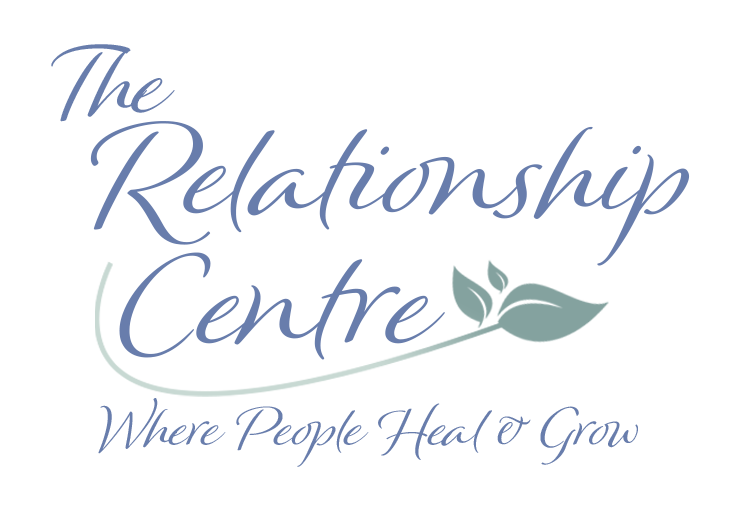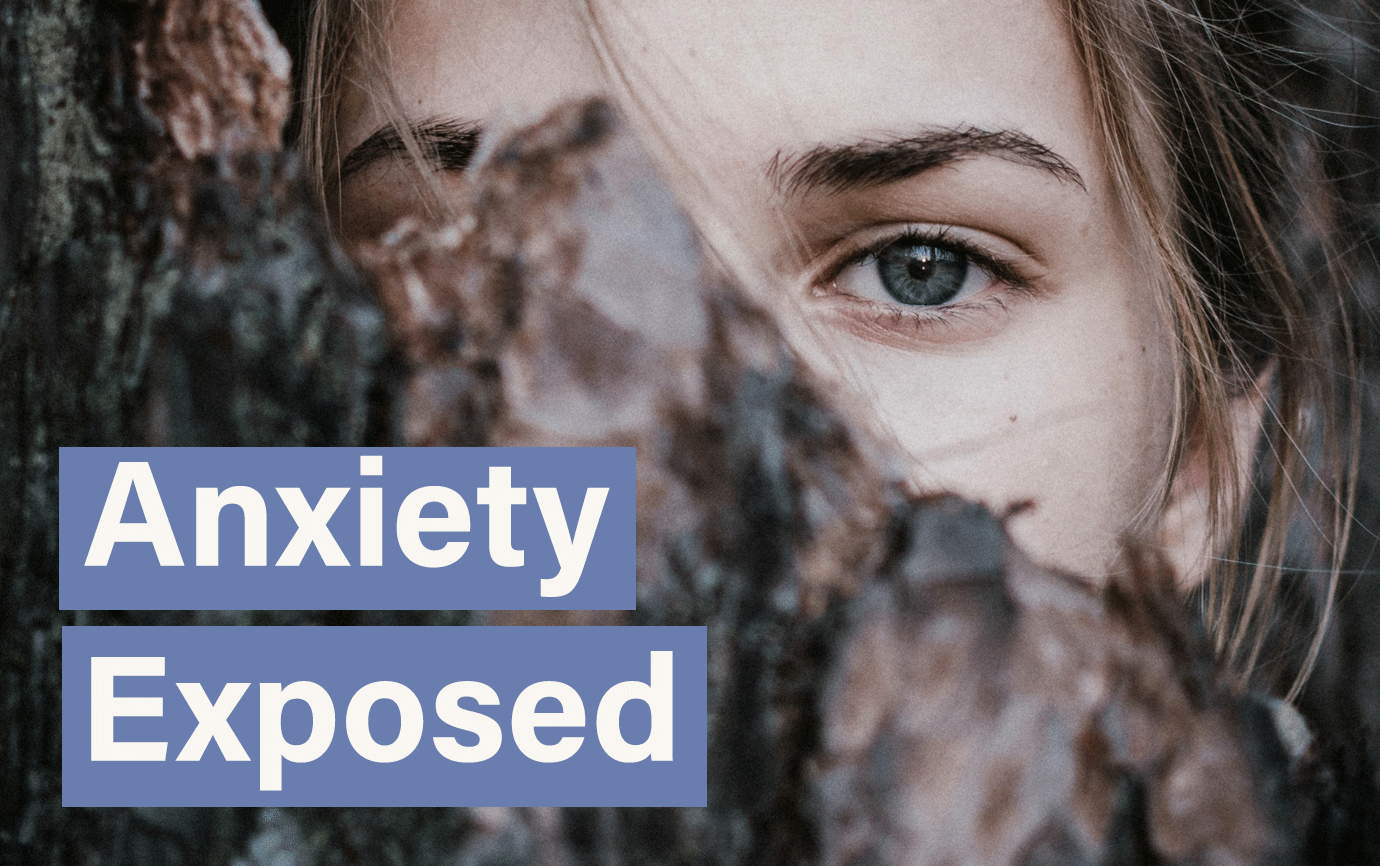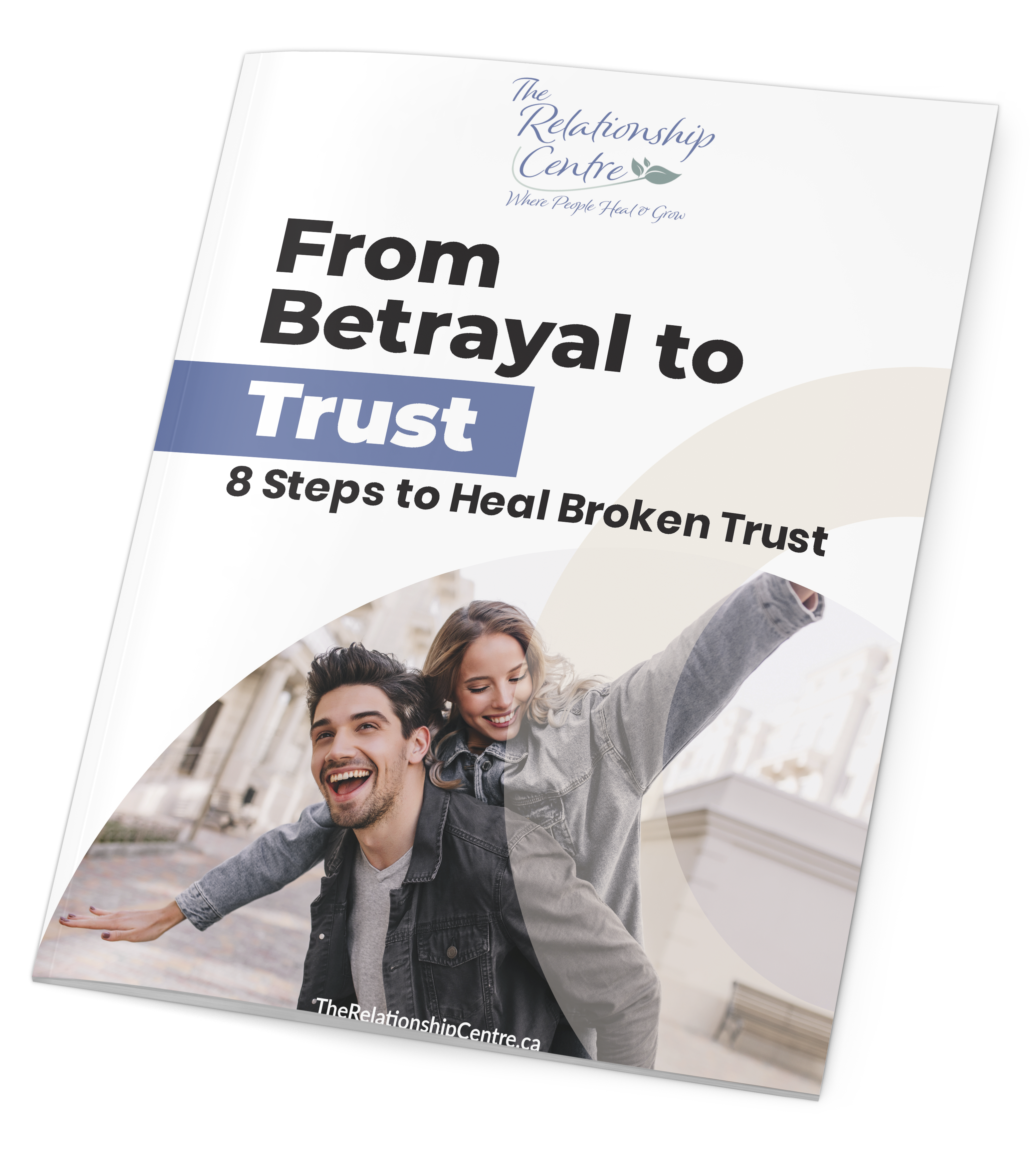Grief is most often associated with death.
As a culture, we struggle with grief.
So, it is not surprising given our difficulty with grief, and the narrow definition associated with death, that we fail to recognize the range of human experiences that can trigger a grief response.
4 Types of Grief
Loss of Identity or Role
A loss of identity can be experienced as a lost sense of self. You must grieve who you thought you were and then heal and grow to create a new story that integrates the loss into a new personal vision of yourself. In some cases, the vision may feel stolen, as in the case of an unexpected divorce or cancer diagnosis. The grief can be compounded by a loss of control. Even if a choice is made to shift an identity, as in the case of a career change, a mourning process can still occur. Although some may struggle to feel entitled to their grief as it was self-imposed – it is still grief.
Some examples of loss of identity include:
- A cancer survivor who grieves the loss of their presumed good health.
- An empty-nester who mourns the loss of actively being a “parent.”
- A person experiencing a divorce who feels a loss of no longer being a “husband” or “wife.”
- Someone who leaves a religious group or community.
- A person who loses their job or changes careers grieves a lost identity.
Loss of Autonomy
Loss of autonomy triggers grief due to the lost sense of control and independence. This type of grief cuts to the core of our desire to manage our own body and life – the entire essence of adulthood. This is a challenging grief process as those who experience a loss of autonomy must grieve these losses while accepting care and reconceptualizing who they are amidst these limitations.
Some examples of loss of autonomy include:
- An older adult no longer able to care for themselves or their home.
- A person with a progressive illness who grieves the loss of physical or cognitive abilities.
- A person experiencing financial challenge who must rely on the help of others.
Loss of Safety
On a basic level, we need to feel safe in our homes, our communities and in our relationships. This lost sense of safety often creates a trauma response leading to hypervigilance (even if danger is not present) or numbing as a coping strategy. Subsequently, people can experience a lost sense of physical or emotional safety and mental well-being.
Some examples of loss of safety include:
- Survivors of physical, emotional, or sexual trauma who struggle to feel safe in daily life.
- Victims of crime.
- Families experiencing housing and food instability.
- A betrayed partner where infidelity has occurred, and the relationship no longer feels emotionally safe.
- Living through the uncertainty of a pandemic.
Loss of Dreams or Expectations
When hopes and dreams go unfulfilled a deep sense of loss and disorientation can be experienced. When we assume life will work out as we intend, a deep sense of grief and unfairness is often felt when those dreams are shattered. There is a loss of hope and innocence that feels life-changing.
Some examples of loss of dreams or expectations include:
- A couple struggling with infertility.
- A couple struggling with pregnancy loss.
- A high-achieving student who suddenly experiences challenges.
- A career dream that is unfulfilled.
- Financial hardship which renders retirement impossible.
Healing Through Grief
It is important to recognize that there are many faces of grief. They all require a process of honouring the pain, sadness and loss that accompany grief. Grief and mourning are a journey through the messy emotional chaos. Healing takes time and occurs in a non-linear fashion.
Give yourself permission to grieve.
Your loss is real.
And if you need support to find your way through grief, we are here for you. We have therapists specialized in offering compassionate therapy through grief. You do not have to do this alone.










